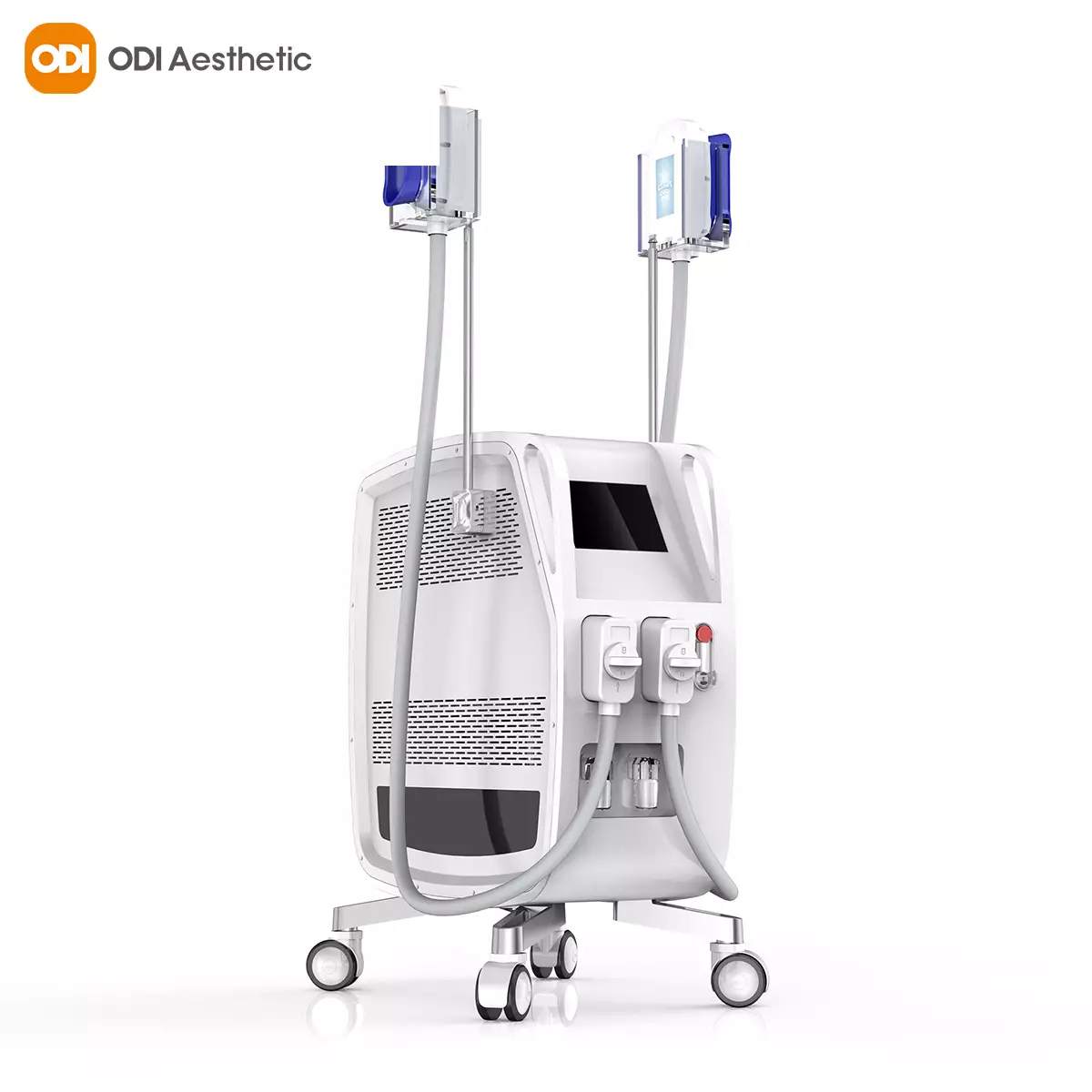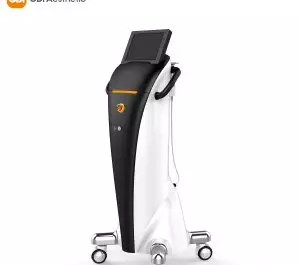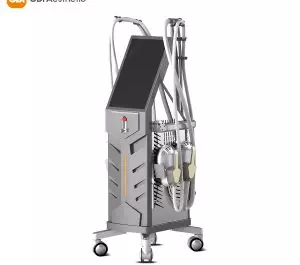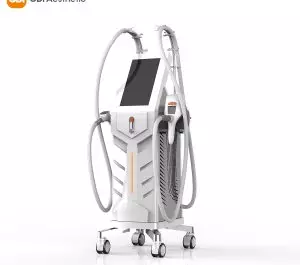
A Guide to Non-Invasive Fat Reduction Technologies:Cryolipolysis vs Cavitation Vacuum Therapy
Body contouring has become a cornerstone service for clinics and spas in today’s beauty and wellness industry. Because of rising obesity rates (affecting over 650 million adults globally, per WHO) and growing demand for non-surgical solutions, technologies like cryolipolysis (fat freezing) and cavitation vacuum therapy (rf vacuum) have emerged as leading choices. But which of these two should you choose? What is the difference between them? This article explores their mechanisms, applications, and how to select the right device for your business.
Why Fat Reduction Matters?
Excess fat not only impacts aesthetics but also correlates with health risks like diabetes and cardiovascular disease. For clinics, offering safe, effective body contouring solutions meets client demand for:
●Targeted fat reduction without surgery.
●Minimal downtime for busy lifestyles.
●Boosted confidence through visible results.
Non-invasive devices cater to clients seeking alternatives to liposuction, meanwhile making them a profitable addition to service menus.
Technology Breakdown: Cryolipolysis vs Cavitation Vacuum Therapy
1. Cryoliposis (Fat Freezing)
Principle:
The freezing machine crystallizes cells, causing them to die and then metabolize out of the body. Therefore, a certain temperature is required for cells to crystallize. Fat cells crystallize at higher temperatures than surrounding tissues. While using the cryolipolysis machine operation, controlled cooling (typically -10°C to 5°C), disrupts fat cell membranes, allowing the cells to crystallize and trigger apoptosis.. Therefore, over weeks, dead cells are metabolized and expelled naturally.
Applications:
●Targets stubborn fat in the abdomen, love handles, and thighs.
●Ideal for clients close to their ideal weight but struggling with localized fat.
Device Example:


Treatment: 1–3 sessions per area and results appear in 3–12 weeks.
Pros: Long-lasting, no anesthesia, hand-free treatment, and last but not least save the labor cost.
Cons: Temporary redness/numbness, at the same time, not suitable for generalized obesity.
2. Cavitation Vacuum Therapy (RF Vacuum-Velashape)
Principle:
Suction and mechanical rollers apply rhythmic pressure to break down fat deposits, stimulate lymphatic drainage, and enhance circulation, however, there won’t be any pain. Plus, our device also combines radiofrequency (RF), and infrared to tighten skin to get better treatment results. Ultrasound handles, Use the principle of ultrasound to break down large areas of fat
Applications:
●Reduces cellulite and contours areas like thighs, buttocks, and arms.
●Suits clients seeking immediate slimming effects and skin tightening.
Device Example:

Treatment: 8–10 sessions, at last, you visible improvement after the first session, and can slim 1-5cm immediately.
Pros: Pain-free, zero downtime, improves skin texture.
Cons: Results require maintenance; less effective on dense fat.
Choosing the Right Device for Your Clinic
Consider these factors to align your investment with client needs:
1.Target Demographics:
a. Therefore, High-end clients may prefer cryo-lipolysis for its “set-and-forget” appeal.
b.IF Budget-conscious or cellulite-focused clients favor cavitation vacuum therapy’s affordability.
2. Treatment Versatility:
a.Multi-functional vacuum devices with RF or ultrasound add value.
b.Cryolipolysis excels in precision however requires multiple handpieces for different zones.
Final Thoughts of Slimming Machine
Both technologies address distinct needs: cryoliposis delivers gradual, lasting fat reduction, while Cavitation vacuum therapy offers instant contouring with added skin benefits. So Assess your clinic’s client profile, budget, and long-term goals to make an informed choice. Investing in the right device will enhance client satisfaction and position your business as a leader in non-invasive body sculpting.
Guangzhou ODI Laser Technology CO., Ltd
Cryolipolysis machine
3D vacuum frozen fat loss beauty machine





